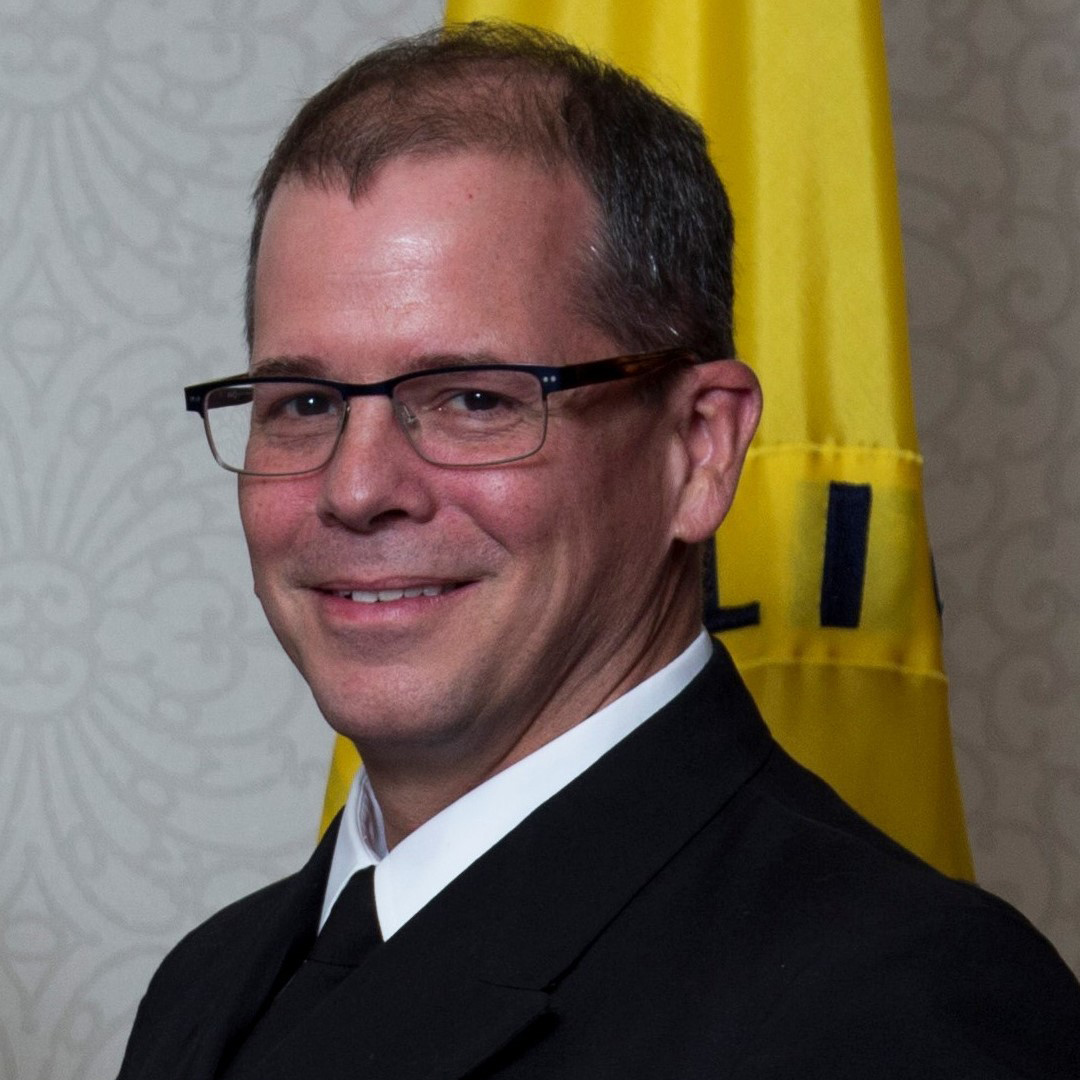September 13 is World Sepsis Day. On this day, health systems are urged to develop a concerted effort on sepsis prevention, diagnosis and management. Agencies across the US Department of Health and Human Services , including the IHS, are collaborating closely on public awareness and best practices in order to save lives.
Sepsis is the body’s extreme response to an infection. It is life-threatening, and without timely treatment, sepsis often rapidly leads to tissue damage, organ failure, and death. The risk is higher in people with weakened immune systems; infants and children; adults 65 and older and people with chronic illnesses such as diabetes or liver disease.
Each year in the United States, sepsis takes more lives than opioids, breast cancer, and prostate cancer combined -- about 270,000 deaths a year. It is the leading cause of death in US hospitals. American Indians and Alaskan Natives are at least 1.5 times more likely to die from sepsis than the US average.
Sepsis can be prevented by preventing infections
Sepsis can’t always be prevented, but the risk drops when you take steps to prevent or treat infections as quickly as possible. You can do this by staying current with vaccinations, cleaning and covering open wounds, good hand washing, taking antibiotics appropriately and seeking medical help when you suspect you have an infection.
There is no simple test or cure for sepsis. Healthcare professionals often have a hard time recognizing this condition. The key to saving lives is TIME. As many as 80% of sepsis deaths could be prevented with rapid diagnosis and treatment.
When it comes to treatment of sepsis, remember IT’S ABOUT TIME™. Watch for:
T Temperature- higher or lower than normal
I Infection- may have signs or symptoms of infection
M Mental Decline- confused, sleepy, difficult to rouse
E Extremely Ill- “I feel like I might die,” severe pain or discomfort
Watch for a combination of these symptoms. If you suspect that you or a loved one may have sepsis, see a medical professional immediately or call 911 and say “I am concerned about sepsis”.
I urge everyone to recognize the symptoms and to share and educate others about the risks. Anyone can get an infection and almost any infection can lead to sepsis.
For more information, visit the Center for Disease Control and Prevention's Sepis site .
Related content:



